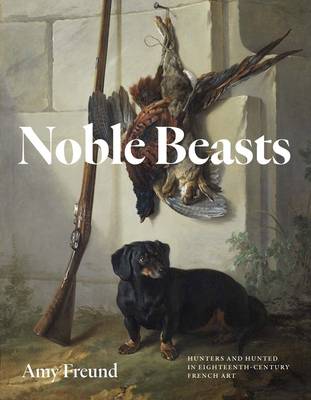
- Retrait gratuit dans votre magasin Club
- 7.000.000 titres dans notre catalogue
- Payer en toute sécurité
- Toujours un magasin près de chez vous
- Retrait gratuit dans votre magasin Club
- 7.000.0000 titres dans notre catalogue
- Payer en toute sécurité
- Toujours un magasin près de chez vous
81,45 €
+ 162 points
Description
How visual fantasies of violence, animality, and political agency offered an alternative image of masculinity during the Enlightenment Centering on animal bodies and assertive masculinity, the visual strategies of hunting art may appear incongruent with our understanding of Rococo aesthetics and the early Enlightenment. But these themes, embraced with enthusiasm by artists and patrons, inspired artworks in every genre and medium in eighteenth-century France. As the country expanded its colonial empire, the absolute monarchy existed in tension with ambitious elites, and the Enlightenment eroded old certainties about selfhood and society, hunting art provided a visual language of personal and national sovereignty written with bodies of men and animals. Amy Freund revises our received notions of eighteenth-century French art and culture, confronting us with a visual culture of animality, violence, and death: a Rococo of dogs and guns. Noble Beasts highlights the work of François Desportes, Jean-Baptiste Oudry, and others who, operating from the heart of institutions such as the Royal Academy and the Gobelins manufactory, produced an astonishing volume of highly accomplished work. The book draws on the critical frameworks of human-animal studies and on Enlightenment philosophical debates to explore how and why hunting art's aesthetic and political claims blurred the lines between human and animal.
Spécifications
Parties prenantes
- Auteur(s) :
- Editeur:
Contenu
- Nombre de pages :
- 248
- Langue:
- Anglais
Caractéristiques
- EAN:
- 9780300282702
- Date de parution :
- 17-02-26
- Format:
- Livre relié
- Format numérique:
- Genaaid
- Dimensions :
- 216 mm x 279 mm

Les avis
Nous publions uniquement les avis qui respectent les conditions requises. Consultez nos conditions pour les avis.






